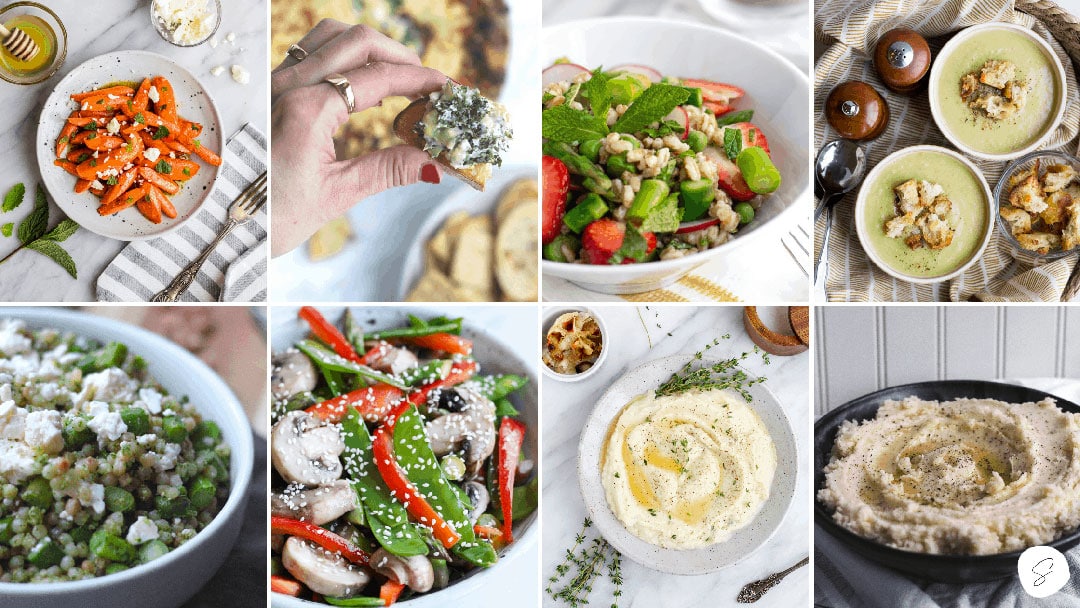A guide for how to boil and blanch vegetables! Learn about these two water-based cooking methods and try them with the recipes in this article.
Boiling Versus Blanching
Boiling and blanching are two water-based cooking methods that are simple to learn and execute. Boiling is a largely familiar method that many have mastered. Blanching, on the other hand, may be one that you could use a refresher on. Luckily, it’s similar to boiling so you may already know how to do it! Read on to learn more about how to boil and blanch vegetables.
Boiling Vegetables
Considered one of the “easiest cooking tasks”, boiling lives up to its reputation. A pot or pan of water is set on a stove and heated until it boils. Easy! However, the below steps include some tips to make the most of your veg when using this simple cooking method.
How To Boil Vegetables
- Fill a pot or pan with cold water. The amount of water will be determined by how much food you intend to cook. Note that it’s better to have more space for your food to cook in, so when in doubt, opt for a larger pot.
- Heat the water over medium-high heat until it begins to lightly boil.
- Season with salt. Salt infuses and accentuates the flavor of your food, and vegetables particularly do well with a pinch or two. Don’t go overboard, though: you can always add more salt later.
- Boil until fork-tender, noting that thinner vegetables will take less time to cook than heartier ones. Consider green beans to baby potatoes: obviously the beans will take far less than the potatoes.
Blanching Vegetables
Blanching is a helpful technique to very lightly cook vegetables while still retaining that delicious crisp that fresh veg holds. Raw vegetables can be bitter and fibrous, and blanching helps soften the bite without sacrificing the flavor. See below for steps on how to blanch vegetables.
How To Blanch Vegetables
- Fill a pot or pan with cold water. As with boiling, the amount of water needed will be determined by how much food you need to blanch. However, you can blanch food in batches in case you don’t have enough space to put all of your food in at one time!
- Heat water over medium-high heat until lightly boiling.
- Season with salt, just as you do with boiling. This adds flavor!
- Add your prepared vegetables. Most vegetables will need just a few minutes of cook time. Remember that the point to blanching is to soften slightly: not completely cook through.
- Use a slotted spoon to transfer blanched vegetables to a bowl of ice-cold water. Allow vegetables to cool completely before draining.
Recipes To Practice Blanching Vegetables
Cook Those Vegetables!
In conclusion, boiling and blanching are two wonderful cooking methods to get familiar with. Be sure to check out my article for How To Roast and Braise Vegetables, and my entire So Happy In The Kitchen series, dedicated to helping you learn to love to cook.

Find this collection of how to boil and blanch vegetables helpful? Check out my “So Happy In The Kitchen” page, where I share helpful roundups of products, ingredient and cooking method education, and recipe tips and tricks! You can also shop all of my favorites here.
Let’s be friends! Find me on Instagram, Facebook, and Pinterest!









